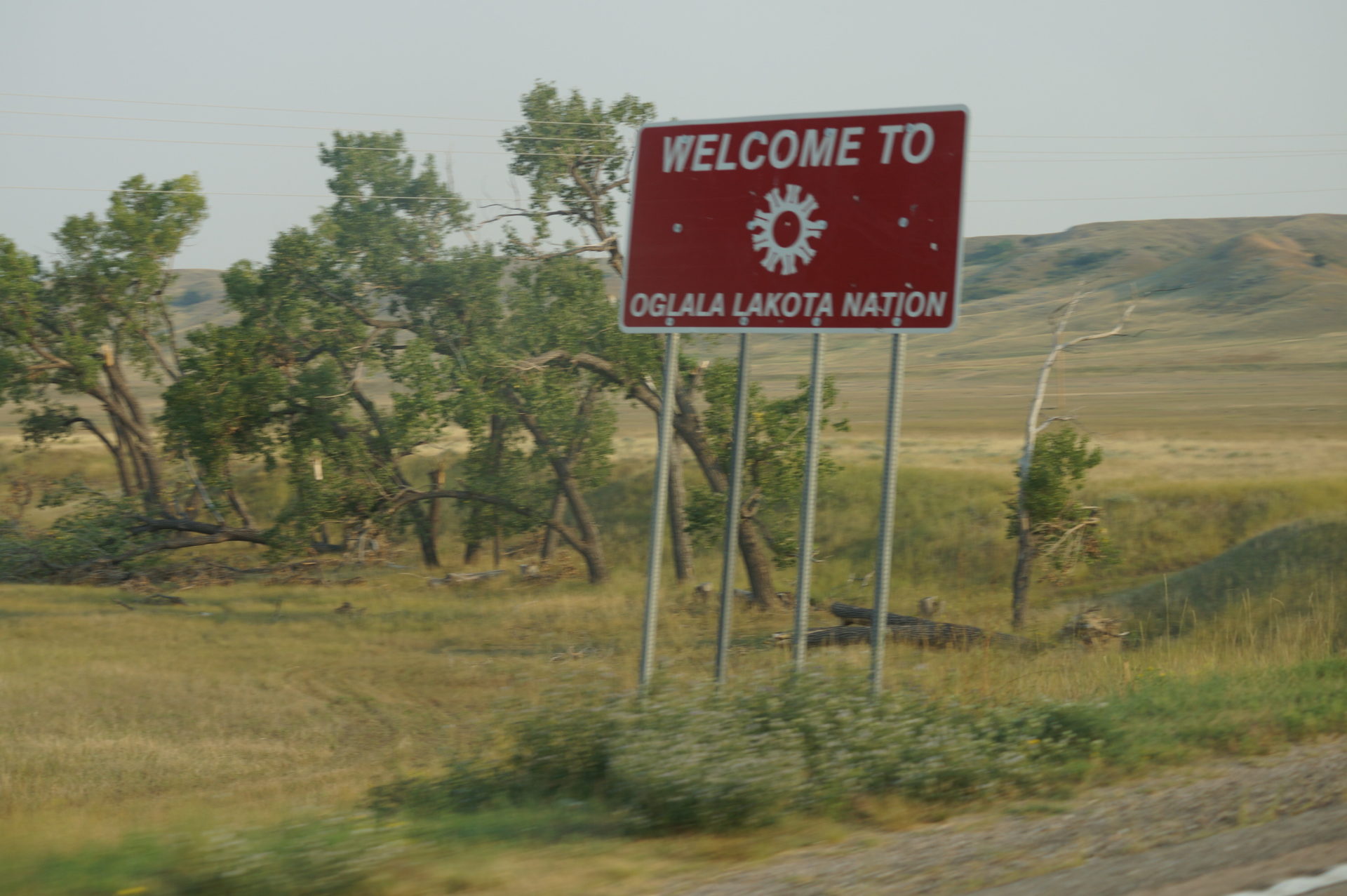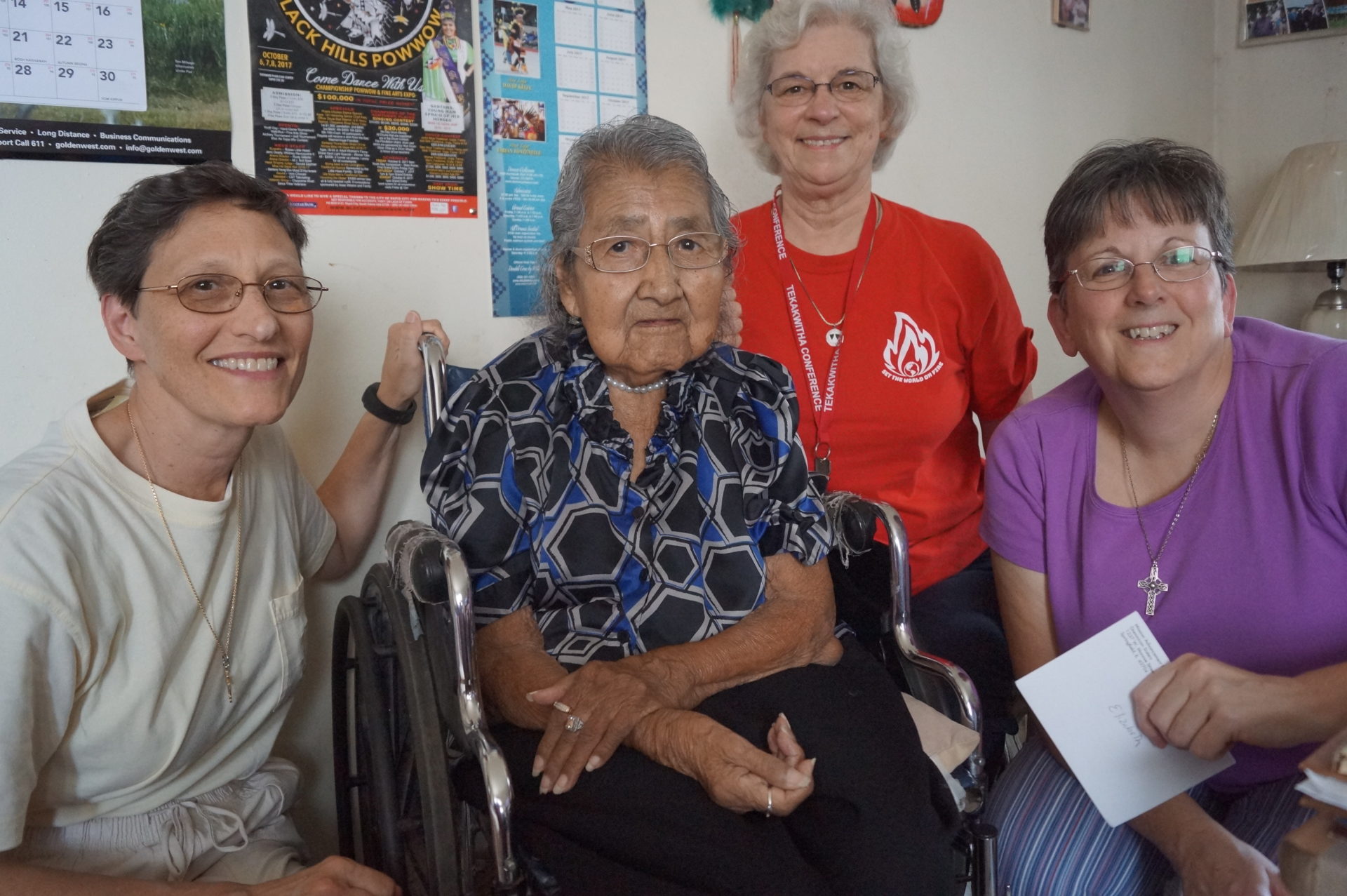
Confused about which Federal holiday we are observing today? You are forgiven.
The answer is that we are observing two Federal holidays October 11, 2021: The first-ever Federally recognized Indigenous Peoples' Day AND the seemingly forever-observance of Columbus Day.
On Friday last week President Joseph Biden issued the first-ever presidential proclamation of Indigenous Peoples' Day AND he issued a proclamation for Columbus Day. It is worth your time to pay attention to both. Doing so is a way of acknowledging the impact of the colonization of the place many indigenous tribes call "Turtle Island"—the North American continent—and to understanding our responsibility to never forget the consequences of that colonization.
Indigenous Peoples' Day takes place on Columbus Day for a good reason. Native Americans were the first inhabitants of what would become the United States of America. The residents of the land looked at Columbus as a colonizer with a goal to conquer land and people. Christopher Columbus never set foot on the soil that would become the continental United States, yet once a year we celebrate his first contact with the people he would enslave and the mentality that would later cause genocide of Native American people.
As Catholics, it is also vital that we remember it was a papal doctrine, know as the Doctrine of Discovery, that gave Spain carte blanche for conquest of the New World and put pillars under the slave trade.
In July 2015 Pope Francis told a gathering of indigenous Bolivians “I say this to you with regret: Many grave sins were committed against the native people of America in the name of God. I humbly ask forgiveness, not only for the offense of the church herself, but also for crimes committed against the native peoples during the so-called conquest of America.” Still no pope, including Francis, has seen fit to dismantle the Doctrine of Discovery.
A Springfield Dominican Presence at Pine Ridge Indian Reservation

This is a common challenge, it seems, not only for the Vatican but for the U.S. Government, too. We Americans choose to overlook the fact that we do not own the Black Hills in South Dakota, yet continue to occupy it. The Supreme Court ruled in the 1980’s that the United States took the Black Hills and all the surrounding area from the Lakota people after gold was found, even though the government signed a treaty ceding the land to the tribe after losing battles on the Great Plains. The government broke the treaty, took the land, and continues to look past the court ruling. To this day the Lakota people refuse the monetary settlement—millions of dollars—because the land will not be given back.
You might be asking yourself, “This is important information, but what is the relationship between Springfield Dominican Sisters and Native Americans?”
Thirteen years ago Sister Barbara Ann Bogenschutz, OP, began her ministry among the people of Our Lady of the Sioux Catholic Church as Parish Life Coordinator. The church is in Oglala, South Dakota. In total, Sister Barbara has served Native American people for 21 years including her time at Fort Belknap Indian Reservation in Montana and Red Cliff Indian Reservation in Wisconsin.
Sister Barbara has a firm understanding of the most important needs of her parish community. She helps the young people understand their history and who they are both as Lakota people and Catholic parishioners.
Related Articles:
- COVID-19 at Our Lady of the Sioux Parish
- Sister Barbara Ann's Servant Leadership For the Life of the World
- Sister Barbara Ann Bogenschutz is Lumen Christi Award Finalist
Our Lakota Catholic sisters and brothers are impacted by ongoing generational trauma. Lakota traditions were taken away from the people for years while every other religion in the United States was free of persecution. Children were tormented and abused when they would try to speak their own language in schools. They were humiliated by being forced to cut their hair, a practice reserved by the tribe to indicate a period of mourning.
Servant of God Nicholas Black Elk, whose cause for canonization is before the Vatican, was a witness to the massacre. He was the most photographed Lakota of his era and he utilized his fame to share some of the most honest reflections on the massacre.
“I did not know then how much was ended. When I look back now from this high hill of my old age, I can still see the butchered women and children lying heaped and scattered all along the crooked gulch as plain as when I saw them with eyes still young. And I can see that something else died there in the bloody mud, and was buried in the blizzard. A people's dream died there. It was a beautiful dream...” ~ Black Elk
Black Elk's grandson George Looks Twice is still today a pillar of the faith community at Our Lady of the Sioux.
The poverty is overwhelming for any visitor. The most prosperous nation on earth, the United States, measures the poverty rate for a family of four at $25,100. In Oglala Lakota County the median family income is less than $21,000. The county has a poverty rate of 52% and the average life expectancy of a person is the lowest of any county in the United States of America: 66 years of age.
In late 2013 Sister Phillip Neri Crawford asked Sister Barbara what attracted her to choose a life of service with Native American people. Sister Barbra explained, “ I would have to say it was God’s hands because it wasn’t anything I had planned in my future. When Sister Kristen Crawford was going to work in the lab at Fort Belknap Indian Reservation in Montana, she asked if I would help drive out with her and help her move in. And when I did that I was there some extra days and as I looked around and saw the circumstances I said to myself, ‘I think I could do this.’”
You can see a short video of Sister Barbara’s ministry below.
Hope for Healing
This fall Sister Barbara Ann was joined by a face familiar to Dominican Sisters in Springfield, Brother Billy Crictchley-Menor, SJ, who joined the staff at nearby Red Cloud Indian School to help the Jesuits fulfill their commitment to truth and healing at the reservation school they've been running since 1888. Brother Billy is a dear friend and former student of Sister M. Samuelle Volk, who taught him in first grade and has supported him with her prayer and friendship ever since. You can learn more about this much needed path of healing being undertaken by the Jesuits with the Lakota people at their website, Truth & Healing: Open Dialogue on Red Cloud's Boarding School History.

